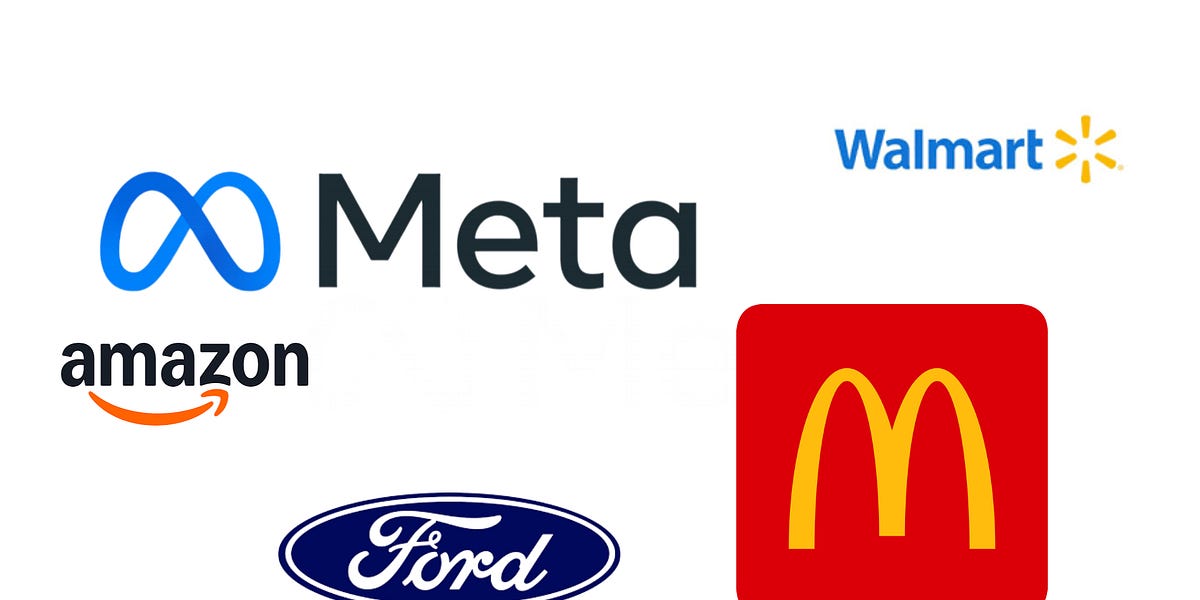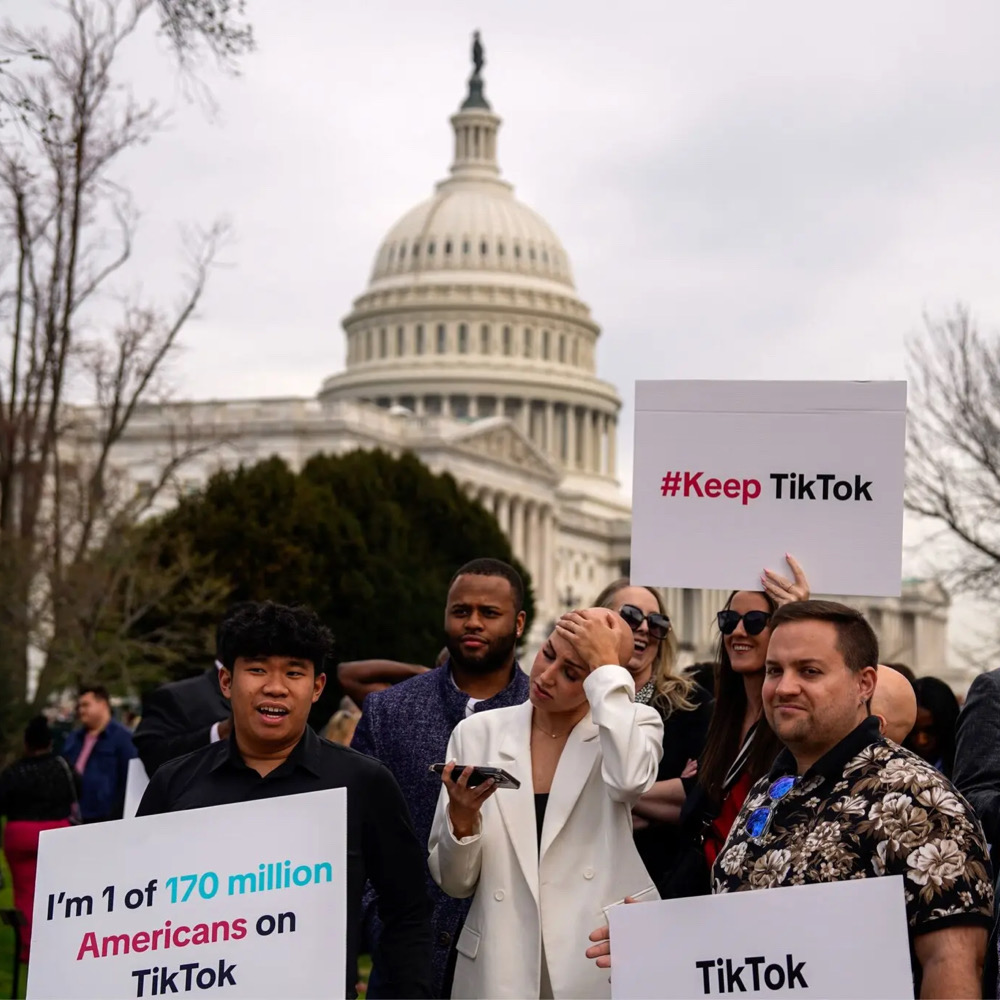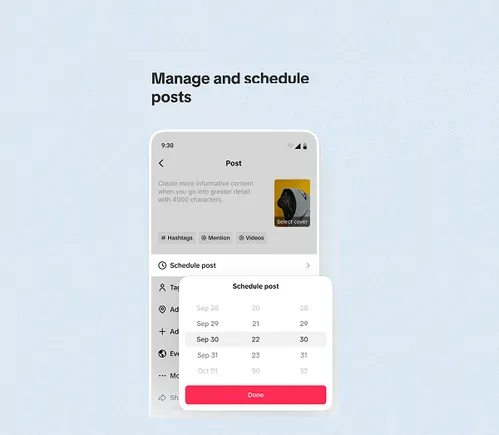On the surface, it seems to make good business sense. When faced with a downturn in the economy, executives may consider scaling back on what could be deemed as non-critical initiatives. And while there are some cost-cutting measures that make sense, reducing diversity, equity and inclusion (DE&I) efforts could in fact cost companies in the long run.
In a January 2023 Korn Ferry executive survey, nearly a third, (30%) of respondents say the weakening economy is slowing down DE&I efforts in their organization.
However, if done properly, there is a direct correlation between DE&I advancements and business success. A recent analysis by McKinsey & Co. found that companies in the top quartile for gender diversity on executive teams were 25% more likely to have above-average profitability than those in the bottom quartile for gender diversity. The analysis also found that ethnically diverse executive teams were 36% more likely to outperform their industry than organizations with the least diverse leadership teams.
And while that analysis looked at the executive level, it’s important to note that “importing” diverse talent through senior hires is not the most effective approach. To be truly effective, DE&I needs to be woven into every aspect of an organization, from creating a robust diverse pipeline at all levels of the organization to putting in place processes and structures to positively impact employees, customers, business partners and the community.
This involves a concerted effort to clearly identify, communicate and follow through on DE&I objectives. According to the Korn Ferry survey, results are so far mixed. Fewer than half (47.5%) of respondents say their organization has stated DE&I goals and only 15% agree to a great extent that their organization follows through on steps to achieve stated DE&I goals.
Experts agree that a focus on DE&I objectives needs to be championed by the C-suite, but the largest percentage of survey recipients (37.5%) say DE&I advancement is the responsibility of everyone in the organization.
A key to achieving success is to create a culture where DE&I is not only encouraged but rewarded, and here too work needs to be done. Fewer than one-quarter (23%) of recipients say middle managers are judged on key performance indicators (KPIs) related to DE&I efforts.
Putting in place clear business objectives on how DE&I can help achieve those goals is key to moving the needle. The first step is to analyze the issues a company wants to solve – such as growth, innovation or optimizing talent performance – and then use a diversity lens to define what outcomes are needed to solve those issues. This could include market share growth among new demographics of consumers, generation of product, services, or process innovation and speed to market that leveraged diversity, and greater retention and promotion of underrepresented talent.
As we move forward, a clear mindset shift – from DE&I as a one-off initiative to a comprehensive business imperative – will be critical to solving business, talent and societal issues.
A cautionary note as leaders work to expand and strengthen DE&I efforts: Inclusivity is key to ensuring all employees feel valued. In a recent study by Gartner, 42% of professionals said they felt their company’s DE&I efforts are divisive. In addition, two out of five agree that a growing number of employees feel alienated by or even resent their organization’s DEI efforts.
A lot of this resistance is caused by the failure to frame DE&I as an enabler to achieving innovation and business outcomes. Organizations need to activate the mix of differences they have on their teams to co-design better products, experiences and solutions with and for their diverse customers, communities, employees and business partners. Once companies show their stakeholders that their investment in DE&I has tangible impact, much of the internal and external resistance will dissipate.
The economy will eventually return to an upswing, and organizations that stayed focused on the issues of DE&I will emerge as clear winners.




































































![20 Predictions for Social Media in 2025 [Infographic] 20 Predictions for Social Media in 2025 [Infographic]](https://imgproxy.divecdn.com/HMVhRh2JvYwAse_QsxNWdYtb_Of31-oCF2OnUe4eZqA/g:ce/rs:fit:770:435/Z3M6Ly9kaXZlc2l0ZS1zdG9yYWdlL2RpdmVpbWFnZS9zb2NpYWxfbWVkaWFfdHJlbmRzXzIwMjVfMi5wbmc=.webp)



